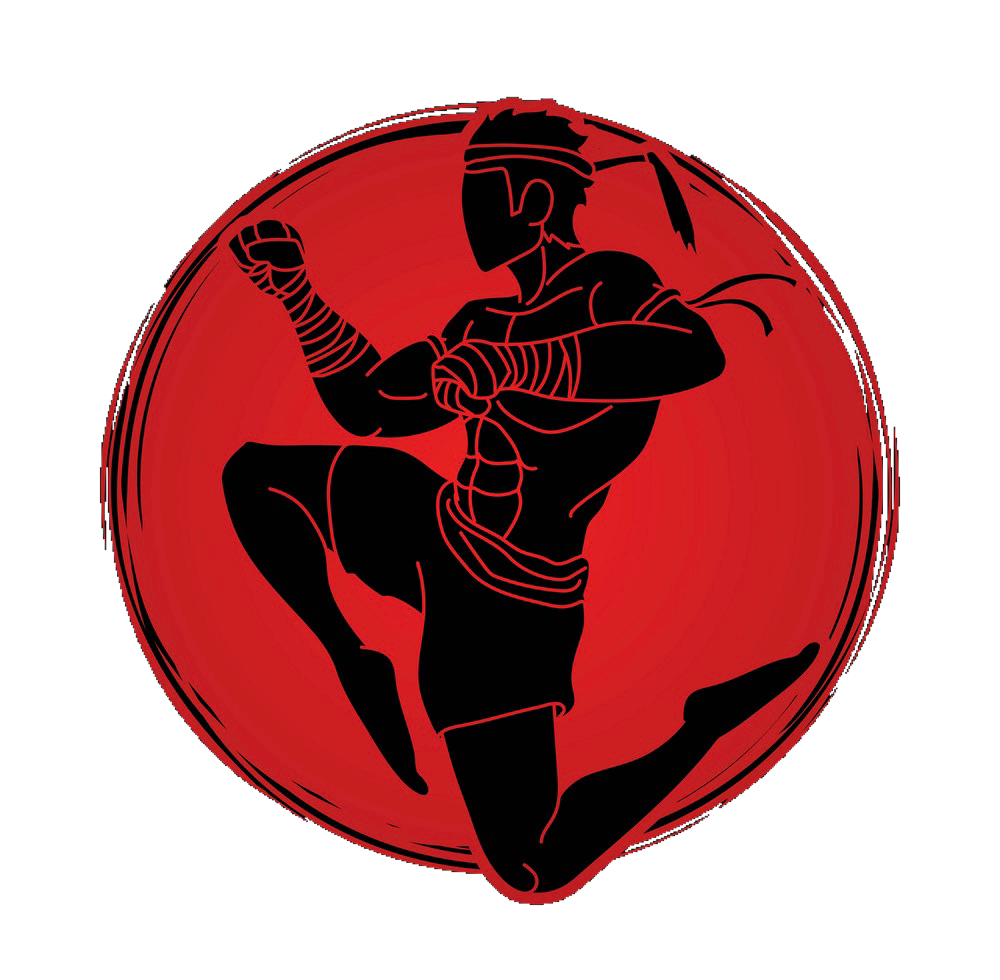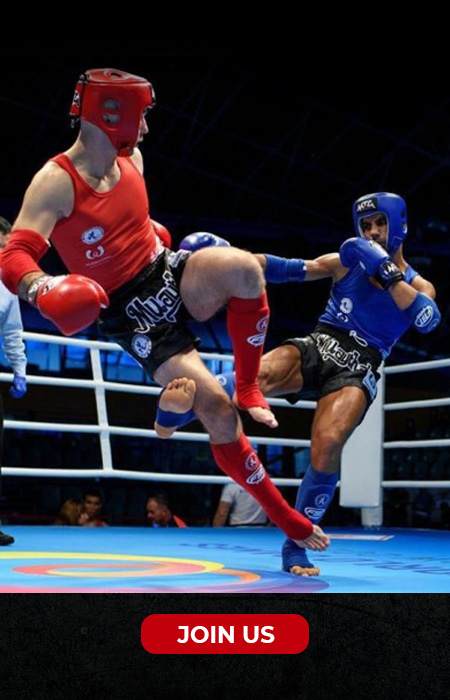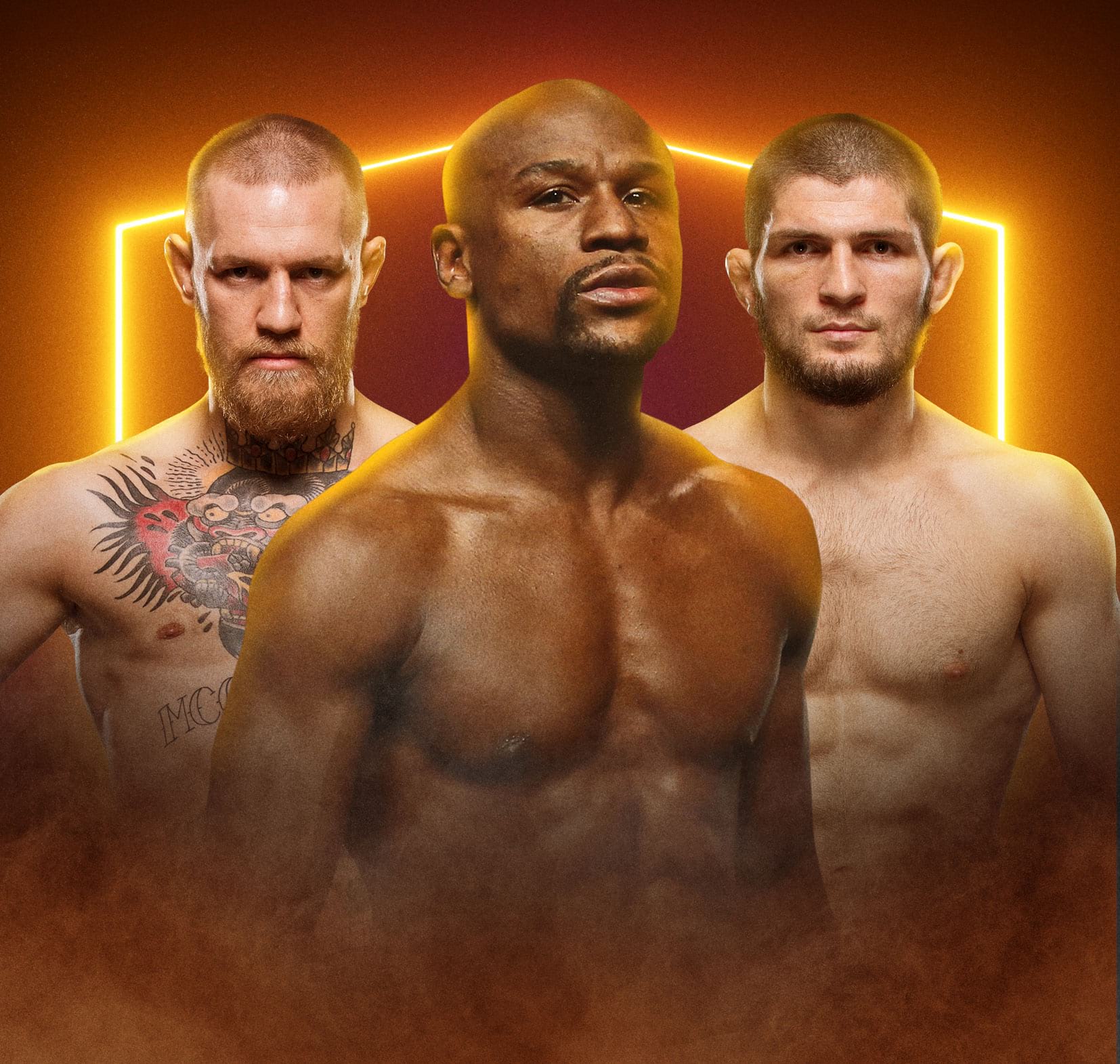The public perception of Edgar Berlanga has varied quite a bit over the course of his young career. Like many fighters of his era, his entire professional career has been broadcast, from early days on CBS Sports Network to an extended stint on ESPN to a new home on DAZN, allowing a global audience to have a fluctuating opinion of him from the time he began to present day. More so than most, Berlanga has benefitted financially from the results of, and the reaction to, those early days.
Berlanga began his career with 16 consecutive first round knockouts. Around knockouts 13, 14 and 15, the general consensus was that Berlanga was a can’t miss prospect, one of the very best in the sport at that time. Publications such as this one named him the 2020 Prospect of the Year, tantalized by the possibility that Berlanga was indeed a true outlier in terms of punching power, that what we had seen had something to do with matchmaking, as all things do in boxing, but that the results were so rapid and thorough that the attributes on display were no mirage.
In April of 2021, Berlanga was finally taken out of the first round, and ultimately the distance, by Demond Nicholson. During this era, the hype surrounding Berlanga and his knockout streak had earned him features in GQ and on SportsCenter, and the ESPN content machine through his then-promoter Top Rank was churning heavily prior to and during his bouts. Special graphics were used in his bouts, touting his streak and the time he had remaining to keep it intact. He was anointed the Next Big Thing, and as tends to happen with athletes given that distinction, it also created an equally passionate group of detractors that wanted for—and in their words, knew that—the evaluation was wrong all along.
From the Nicholson fight onwards, those detractors have been given everything they need to declare themselves right and the scouting reports wrong except for an outright loss. Following the Nicholson bout, Berlanga was knocked down by Marcelo Coceres, had a close fight with Steve Rolls and a forgettable one against Roamer Angulo. None of them resulted in knockouts for Berlanga, but instead resulted in further questions. Was his development compromised by the lack of competitive rounds he experienced in his formative years as a pro? Did he have a secondary plan of attack he could tap into if he was unable to hurt his opponent? Or the more nefarious suggestion: Was Berlanga simply a fighter with natural power and charisma that organizers were willing to strategically ride to further riches while suggesting to the public that he was better than he was?
In January of 2023, Berlanga and Top Rank mutually parted ways. Berlanga was cordial in his comments upon the decision, but suggested that the company wanted to “slow him down,” and that he didn’t want to be “a co-main event fighter,” given his demonstrated drawing power. Bob Arum told iD Boxing later that month, “(Berlanga) is bound and determined to proceed at a pace that we don’t think he’s ready for.”
Still, when Berlanga hit the free market, promoters lined up to court him, with Floyd Mayweather, Golden Boy Promotions and Matchroom all reportedly contacting him. Ultimately, it was Matchroom that won the bidding, dangling the possibility of a Canelo
Alvarez bout (a promise that will at least have to wait, seemingly, until after Canelo’s new three-fight partnership with Premier Boxing Champions ends) or one against Gennadiy Golovkin, allowing Berlanga to attempt to move at the pace he desired, for better or worse.
Having had a year out of the ring (six months of which was mandated by the New York State Athletic Commission after attempting to bite Roamer Angulo), Berlanga was matched with Jason Quigley this past Saturday. In speaking to the New York Post, promoter Eddie Hearn said that he liked the fight because “if he’s not the real deal, he’ll really struggle with Quigley,” and that they had to “prove it’s not all hype.”
Berlanga did have struggles with Quigley, albeit a version of Quigley that was far superior to any we’d seen in the past. Quigley’s trainer Andy Lee reconstructed his fighter somewhat in his own image, transforming Quigley into a cautious but high-strung counterpuncher. Quigley’s upper body movement, footwork, and constantly extended and ready lead hand posed issues for Berlanga who was unable to leap in with power shots as regularly as he would have liked. In all, Berlanga scored four knockdowns, two of which upon inspection via replay should not have been counted. In the eyes of some ringside observers, these knockdowns, including two in a torrid 12th round, buoyed Berlanga to victory. In the eyes of ringside judges, who scored the bout 118-106 and 116-108, they may not have been quite as necessary.
Throughout the night, Lee was effusive in his praise for Quigley in the corner, constantly preaching “composure,” and insisting that he was following the game plan perfectly. In the moment, it might have sounded a little unusual—particularly when, following a round in which Quigley suffered a knockdown, Lee opted to never mention it and told him he won the round. However, in context, Lee was communicating with Quigley exactly as he should have been. His fighter was fighting the best possible fight he could with his skillset and in the face of the challenges Berlanga presented. To have asked him to do something more, something different, would have been asking him to do something beyond himself, something trainers can sometimes fall prey to asking for in the heat of the moment. Quigley could not match Berlanga’s power, but he could neutralize it, and make Berlanga think just enough about what power he did have to hesitate.
Berlanga’s own post-fight comments in the immediate wake of the bout were quite instructive as well. The bombastic Berlanga, the one who charmed during pre-fight pageantry, was now a more muted, pensive, borderline apologetic fighter.
“Everybody that steps in the ring with me knows I got punching power and they train to survive, to try to box and move around. But I take my hat off to his team. They tried to have a great game plan for me. Every fighter that I face at his level, they’re gonna try to run and move around. I’m just grateful we got the victory. I was looking for a knockout, I was looking for a TKO,” Berlanga told DAZN broadcaster Chris Mannix in the ring, adding that he was supposed to start faster but instead found difficulty establishing his distance in the early going.
The knocks on Berlanga, that his competition is no longer aiding his development, that he’s having difficulty with a lower caliber of opposition, weren’t ones he was refuting, but rather, giving different reasoning to. He had come to the conclusion that what difficulties he was facing in knocking out recent opposition were because they weren’t good enough, and as a result had no choice but to fight in a manner designed only to prevent getting stopped. Where Berlanga’s reasoning was more interesting was in his views about his readiness for a step-up in competition. While some would say he isn’t ready for elite fighters because he couldn’t knock out Quigley, Berlanga insists that more talented, more confident fighters would suit him better.
“All these guys are gonna try to survive, until I get to that top level with the Munguias and these guys, where they’re gonna try to knock me out just like I’m gonna try to knock them out,” he said.
Even against Quigley, Berlanga showed the fight-changing power and athleticism that made his projected ceiling as high as it was. Quigley likely performed boxing techniques better than Berlanga did all night long, but Berlanga’s constant physical threat, pressure and explosiveness that netted him a handful of knockdowns were enough to supersede that. The question as always is whether Berlanga has the connecting tissue to be able to tap into those gifts against the division’s best.
People will continue to disagree on whether he does or not, or whether they can be developed at this point in his career. But Berlanga seems willing to find out one way or another, as quickly as possible.



















Leave a Reply